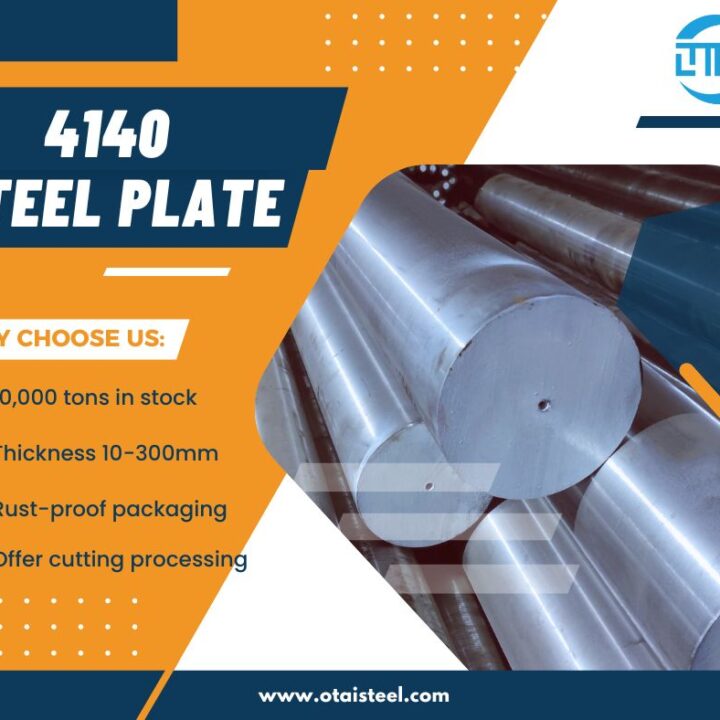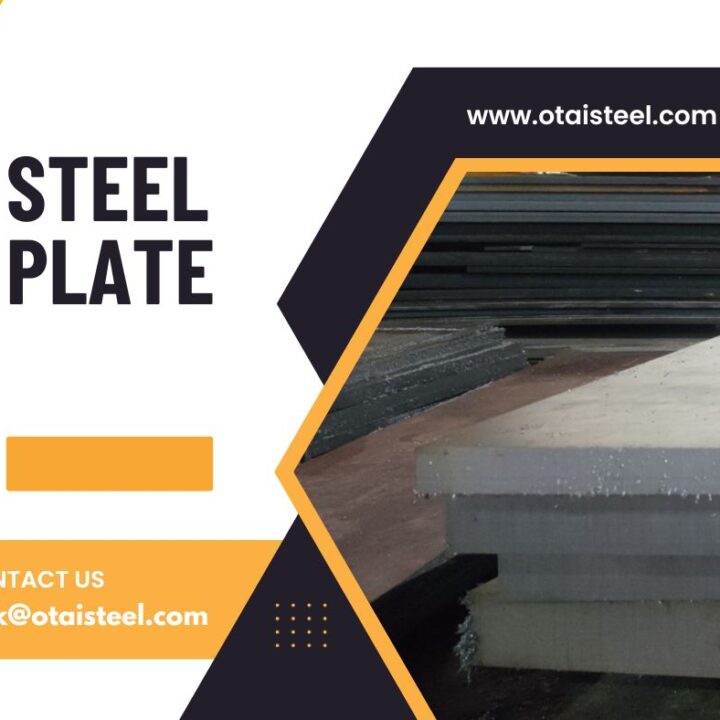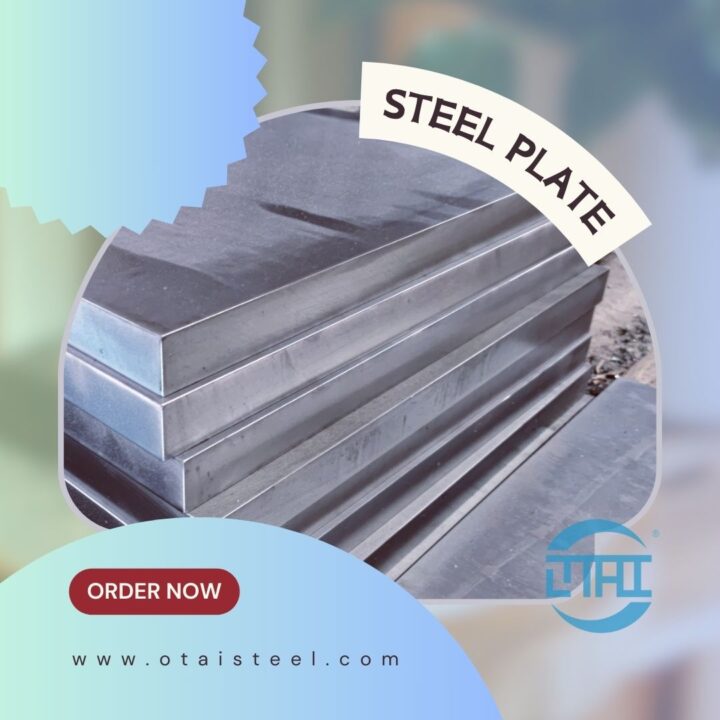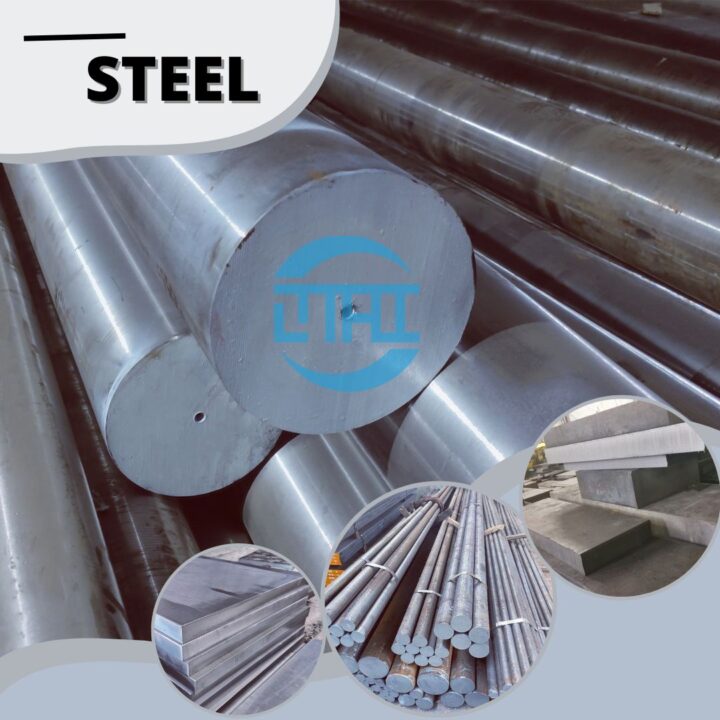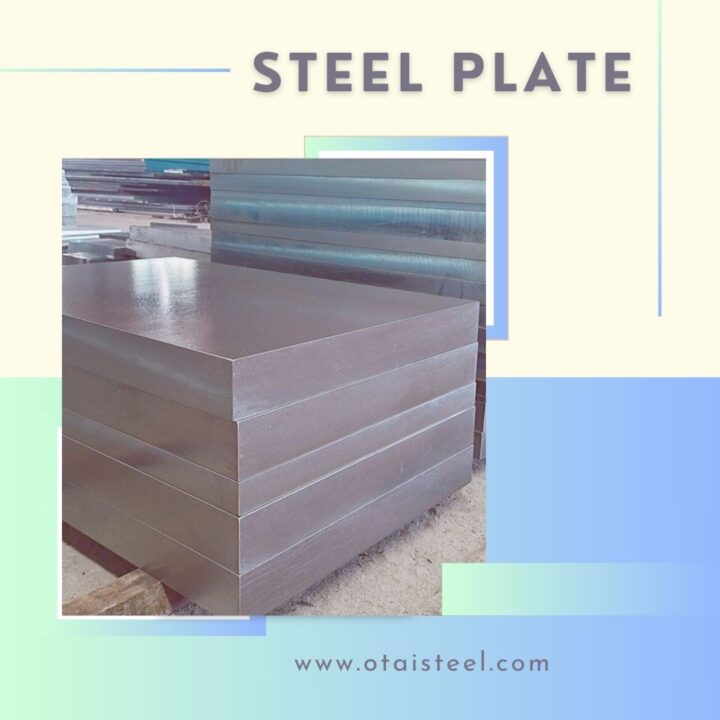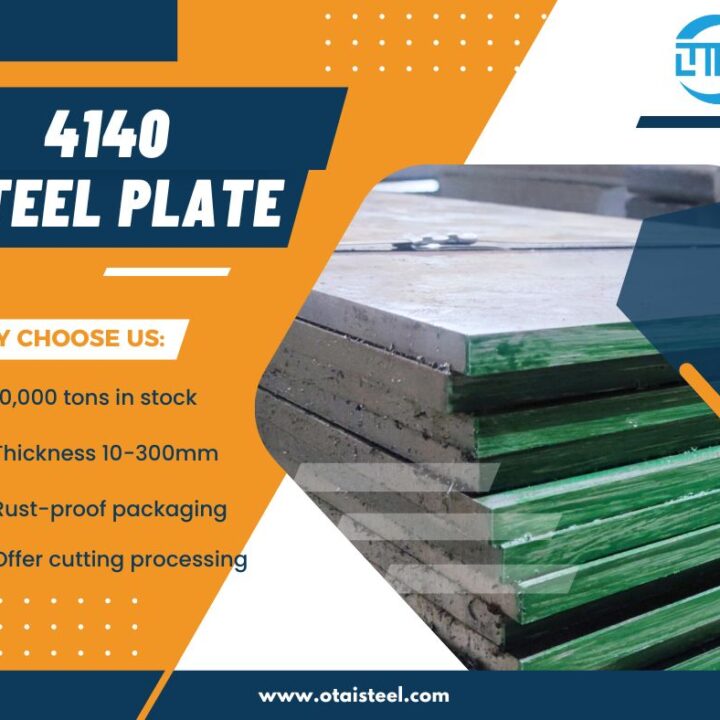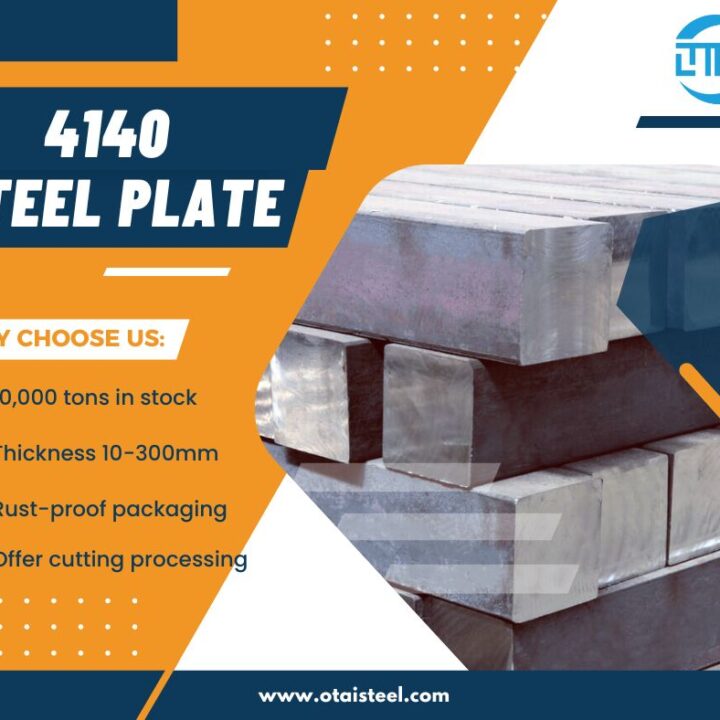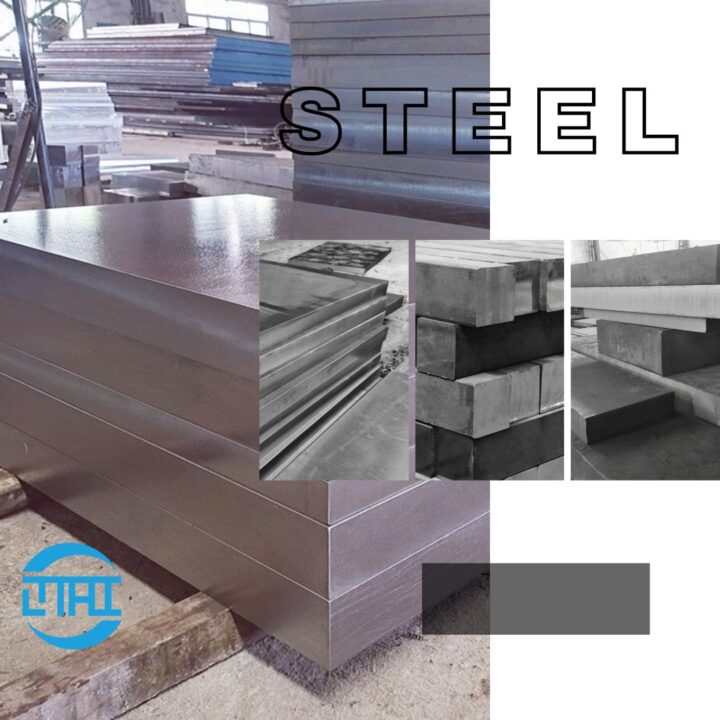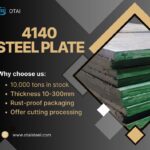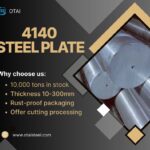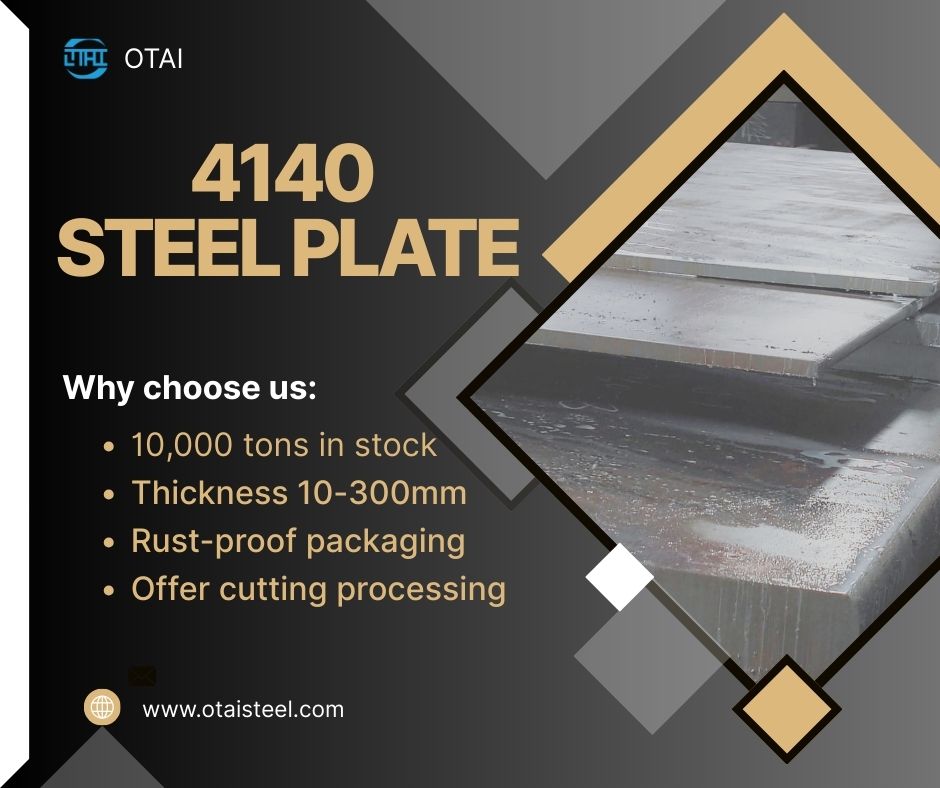 When it comes to alloy steels, tempering 4140 steel is one of the most critical processes that determines whether the material will perform well in real-world applications. Engineers, machinists, and buyers alike often ask how tempering affects strength, hardness, and toughness. This guide covers everything you need to know about tempering 4140 steel—from temperature ranges and microstructural changes to mechanical property adjustments and practical applications.
When it comes to alloy steels, tempering 4140 steel is one of the most critical processes that determines whether the material will perform well in real-world applications. Engineers, machinists, and buyers alike often ask how tempering affects strength, hardness, and toughness. This guide covers everything you need to know about tempering 4140 steel—from temperature ranges and microstructural changes to mechanical property adjustments and practical applications.
🔎 What Does Tempering Mean in Heat Treatment?
Tempering is a post-quenching process applied to steels like 4140. After quenching, the steel becomes extremely hard but also brittle. Tempering involves reheating the quenched steel to a controlled temperature below the critical point (typically between 200°C and 650°C), followed by air cooling.
The goals of tempering are:
-
Reduce brittleness
-
Improve toughness
-
Balance hardness and ductility
-
Relieve internal stresses
For 4140 steel heat treatment process, tempering is the key step that makes the material reliable for demanding applications.
🌡️ Tempering Temperature Ranges for 4140 Steel
The outcome of tempering 4140 steel depends largely on the chosen temperature. Below is a quick reference table:
| Tempering Temperature (°C) | Hardness (HRC) | Tensile Strength (MPa) | Applications |
|---|---|---|---|
| 200–250°C | 50–52 | 1700–1800 | Tools requiring high wear resistance |
| 300–350°C | 45–48 | 1500–1600 | Shafts, gears, high-stress parts |
| 400–450°C | 38–42 | 1250–1350 | Axles, crankshafts |
| 500–550°C | 28–34 | 950–1100 | Hydraulic cylinders, pressure vessels |
| 600–650°C | 22–28 | 750–900 | Structural applications |
👉 As shown, the higher the tempering temperature, the lower the hardness but the higher the toughness.
⚙️ Microstructural Changes During Tempering
When tempering 4140 alloy steel, martensite formed during quenching gradually transforms:
-
At lower temperatures (200–300°C), transition carbides precipitate, maintaining high hardness.
-
At medium range (400–500°C), tempered martensite forms, balancing toughness and hardness.
-
At high range (550–650°C), more carbides precipitate, significantly improving toughness but reducing hardness.
This transformation is why tempering 4140 quenched and tempered steel is so effective for critical applications.
🛠️ Practical Applications of Tempered 4140 Steel
Thanks to its balance of hardness and ductility, tempered 4140 steel is used in industries such as:
-
Automotive: gears, axles, crankshafts
-
Oil & Gas: drill collars, downhole tools
-
Aerospace: landing gear components
-
Industrial machinery: hydraulic cylinders, rollers, heavy-duty shafts
-
Tooling: dies, molds, and wear-resistant parts
Each application may demand a specific tempering temperature for 4140 steel, depending on whether hardness or toughness is the priority.
🔬 Example: How Tempering Affects Gear Manufacturing
In gear production, quenching gives gears maximum hardness, but that also makes them brittle and prone to cracking under shock loads. By tempering 4140 steel gears at 400–450°C, manufacturers achieve a hardness of 38–42 HRC, which ensures wear resistance while providing enough toughness to absorb dynamic loads without failure.
📊 Key Mechanical Properties After Tempering
Here’s a comparison of mechanical properties before and after tempering:
| Condition | Hardness (HRC) | Yield Strength (MPa) | Toughness | Machinability |
|---|---|---|---|---|
| Quenched only | 55–60 | 1800+ | Very low | Poor |
| Tempered at 300°C | 45–48 | 1500–1600 | Medium | Fair |
| Tempered at 500°C | 30–35 | 950–1100 | High | Good |
This clearly shows how tempering 4140 steel tailors its properties for specific end uses.
🏆 Company Advantages – Why Choose Otai Special Steel?
At Otai Special Steel, we are experts in tempering 4140 steel and supplying it in both quenched and tempered conditions. Our advantages include:
-
📦 Large stock availability – 4140 plates, bars, and tubes in sizes 6 mm–300 mm.
-
🔍 Strict quality control – UT inspection, chemical analysis, and SGS certification.
-
⚙️ Value-added services – customized cutting, heat treatment, CNC machining.
-
🌍 Global reputation – trusted supplier for automotive, oil & gas, and aerospace industries.
-
🚚 Fast delivery – ensuring stable supply chains for international clients.
❓ FAQ
Q1: Why is tempering 4140 steel necessary?
Because quenched steel is too brittle, tempering balances hardness and toughness for safe use.
Q2: What is the ideal tempering temperature for gears?
Around 400–450°C, which gives hardness of 38–42 HRC.
Q3: Can 4140 steel be double tempered?
Yes, double tempering is often used to relieve stresses and improve toughness.
Q4: Does tempering reduce hardness significantly?
Yes, but it makes the steel much tougher and less prone to cracking.
Q5: Can Otai provide pre-tempered 4140 steel?
Absolutely—we supply quenched and tempered 4140 plates, bars, and tubes worldwide.
👉 In conclusion, tempering 4140 steel is a critical step in achieving the perfect balance between strength, hardness, and toughness. Whether you need gears, axles, or hydraulic components, choosing the right tempering temperature ensures your material performs under demanding conditions.

